Chamarmani
Chamarmani
Couldn't load pickup availability
- single-origin heirloom
- cultivated with love
- nature-friendly farming
We used this indigenous rice variety in our version of maachher tel’er chorchori, using the fish guts/ maach’er tel (visceral fat, liver and intestine) which become tenderly smooth and buttery when grilled, paired with some smooth burnt aubergine and pumpkin puree; finished with some fresh scallions.
about the rice
Chamarmani is one of the better known regular varieties consumed mostly as a siddha (parboiled) rice, from the south Bengal region. It is quite tolerant of salinity and high water levels, withstanding almost a foot of water from the ground. The harvest cycle is of, approximately, 144 days and the straws left after sowing are one of the most useful among those gathered from other rice varieties.
| taste | earthy |
| aroma |
●○○○○ |
|
appearance |
the uncooked grains are medium in length and slightly on the thicker side |
|
cooking |
absorption method |
| time | 12-15 minutes |
| storage |
store it in a dark place, so that it does not attract moisture, and away from direct sunlight |
what you can cook with
As a table rice, chamarmani is quite versatile. It goes easily with any meal of the day and is quite filling owing to a deep, rich, earthy flavour. We like to have it with some simple dishes devoid of overwhelming spices.
the ultimate guide to cooking rice
Cooking rice, apparently, does not seem much: you just need to add rice to water and you are all set. But it does not take ½ a cup of water more or less to turn it into an act of blasphemy. So here we have for you the ultimate guide on how to cook the perfect rice.

| botanical name | Oryza sativa |
| origin | Sundarbans, West Bengal |
| processing | siddha (parboiled) |
our philosophy
We believe that the way we cultivate, process, buy, and cook our food can change the world for better. Every time you decide to buy food that has been produced in a sustainable way, you make the world a better place. Learn more about our manifesto.
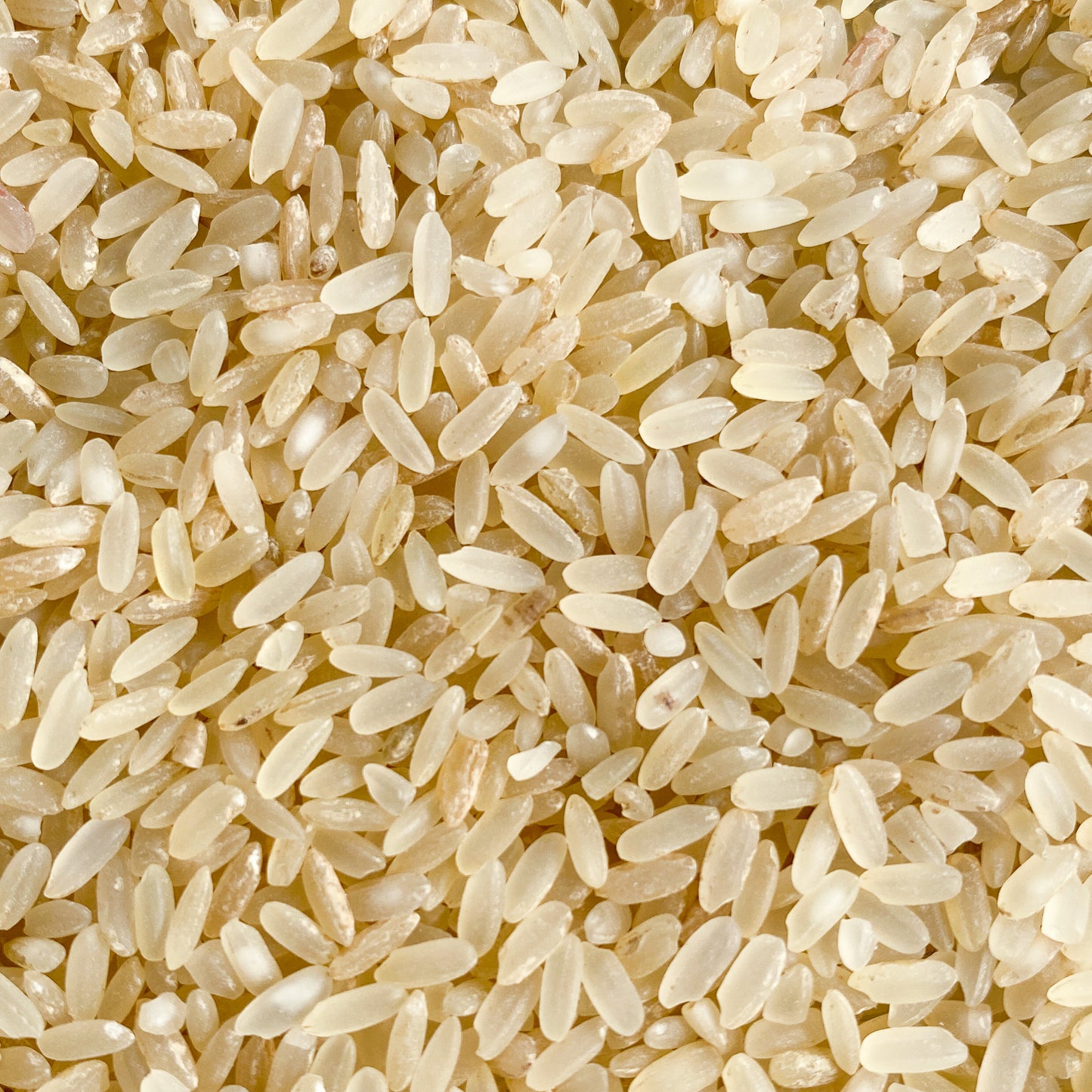
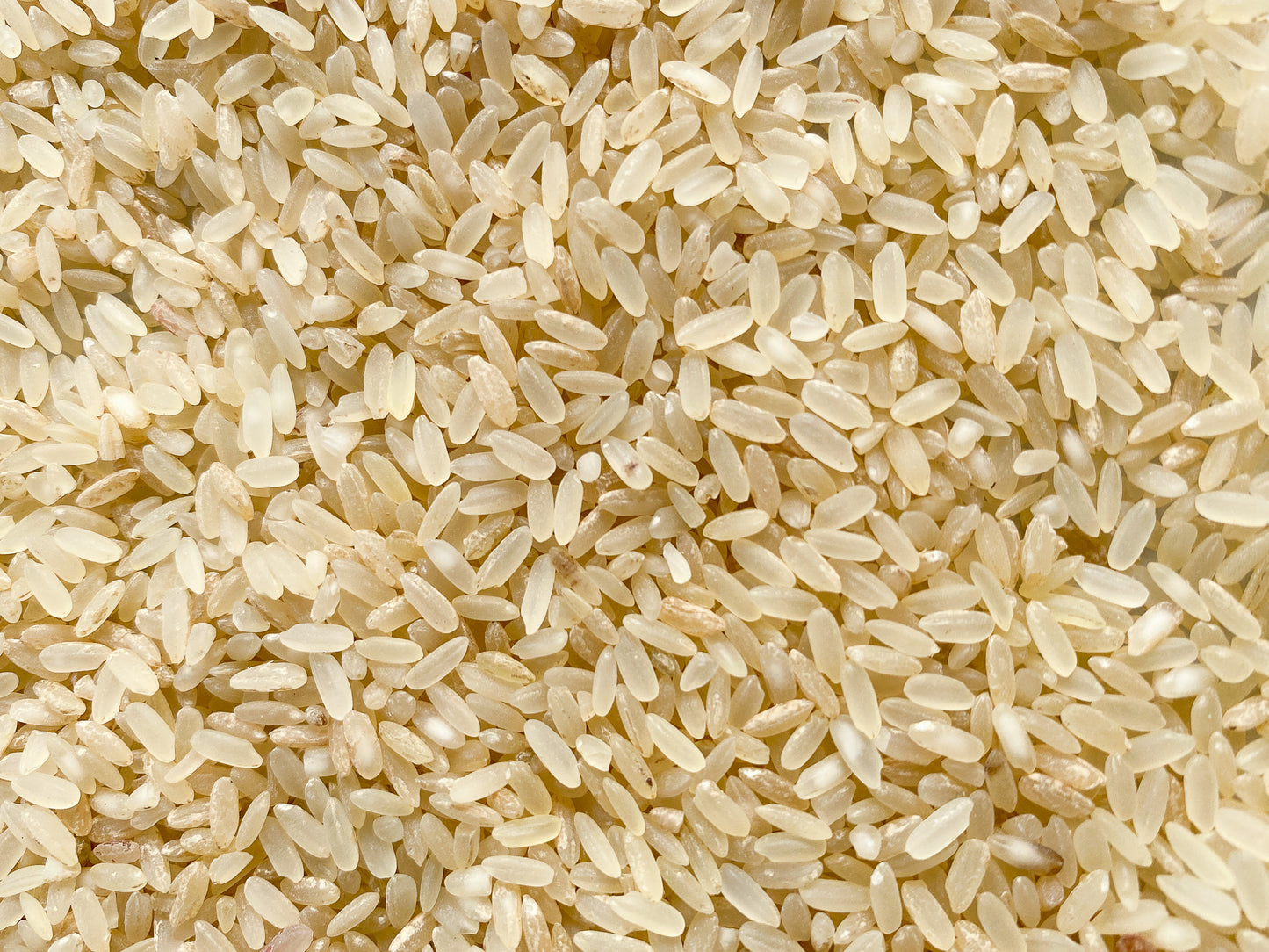
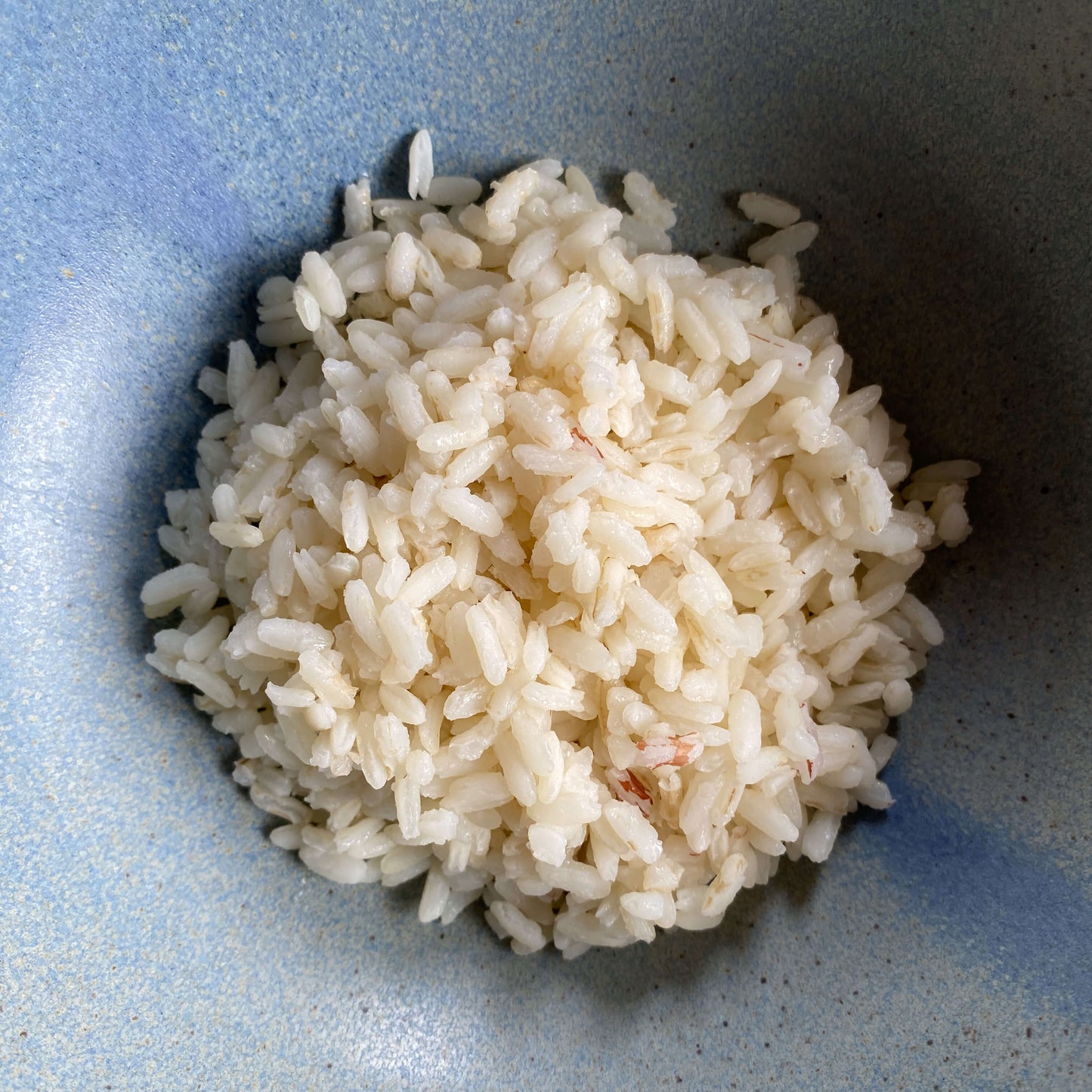
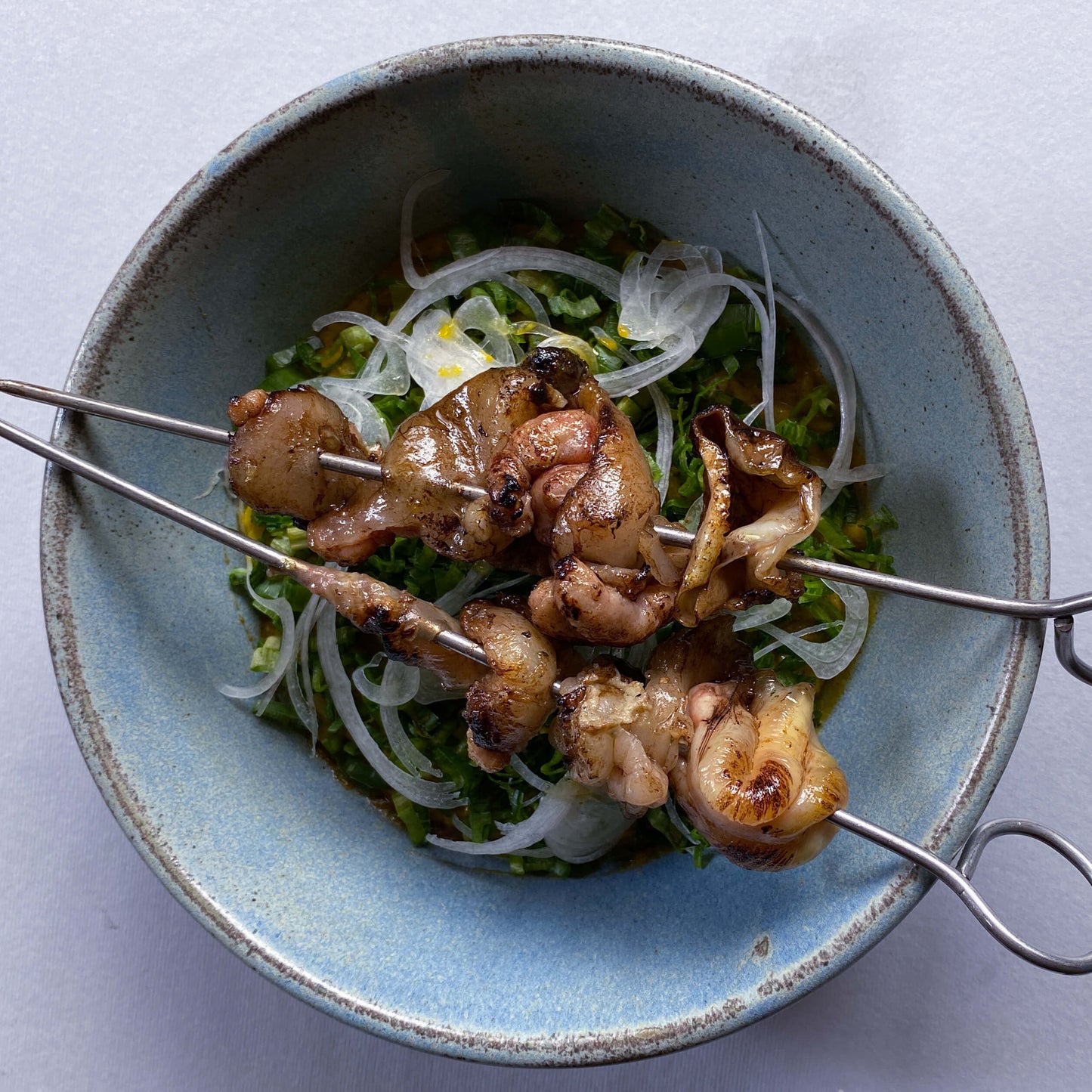
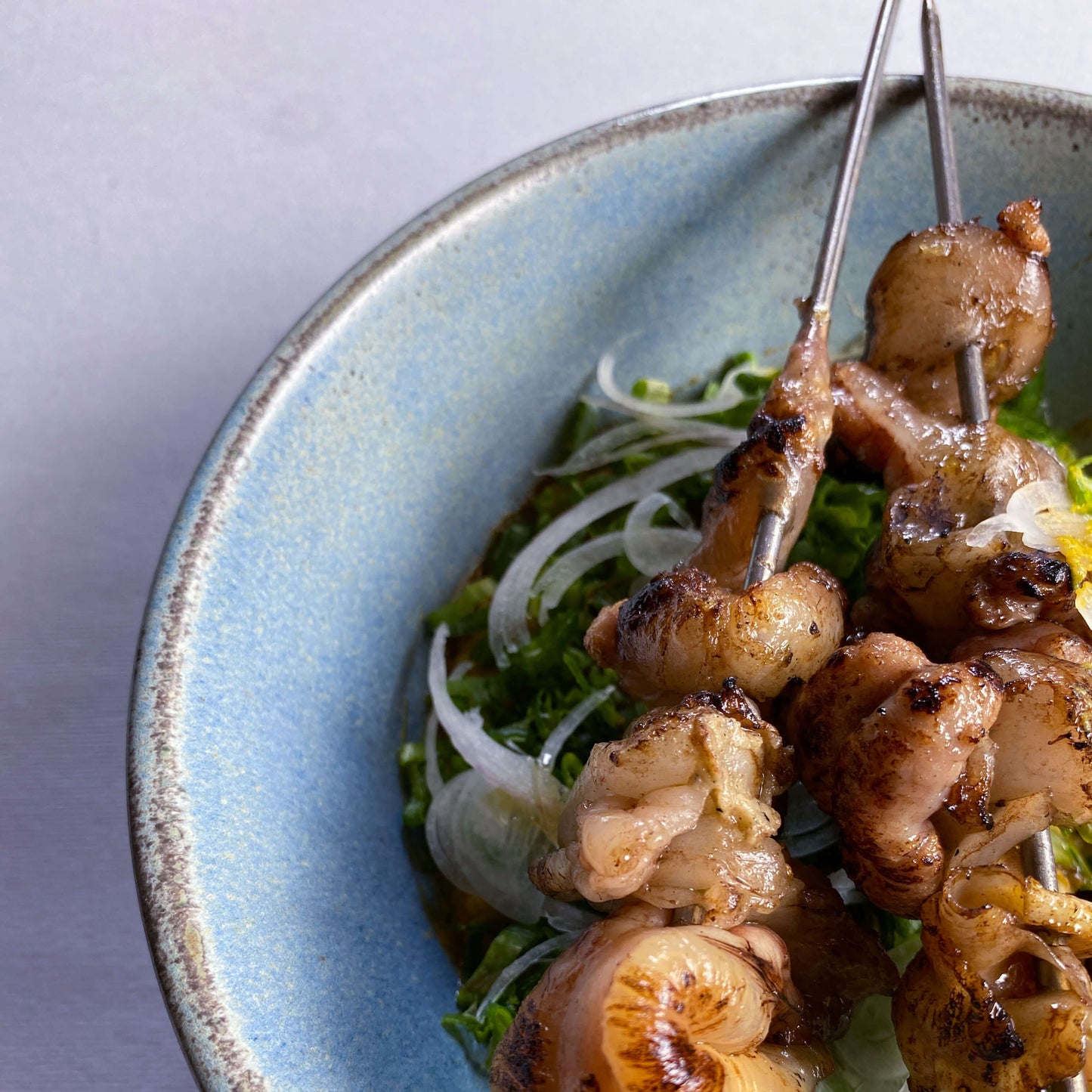
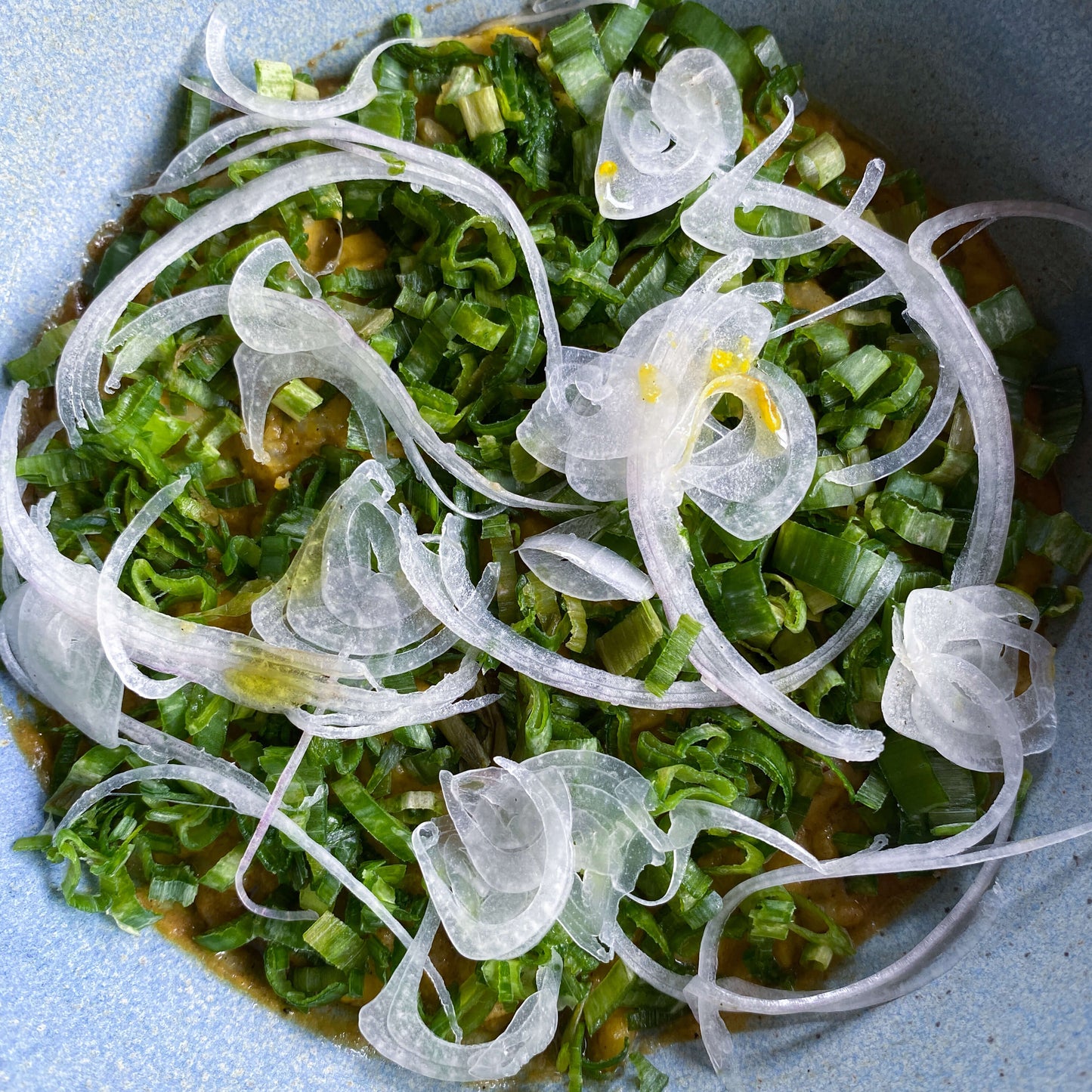
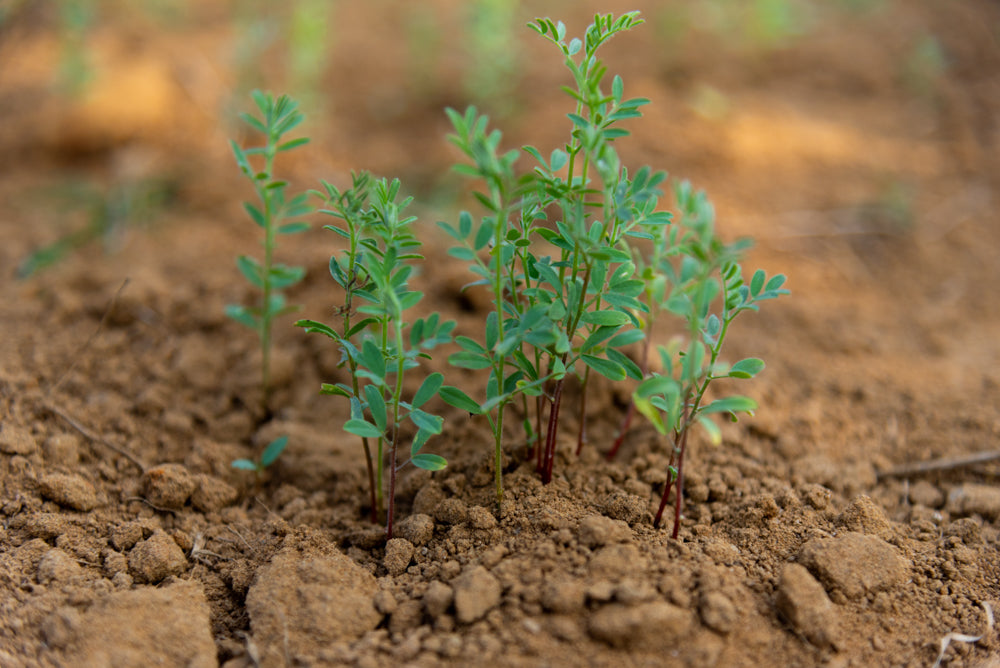
we are passionate about
We believe that the way we cultivate, process, buy, and cook our food can change the world for better. Every time you decide to buy food that has been produced in a sustainable way, you make the world a better place.
FAQ
How much are the shipping cost?
The shipping cost vary depending on your cart and location. You will see the shipping cost and available shipping options during check out.
How many days does the shipping take?
The shipping time is between 6-12 days depending on the location. However, due to holidays or other unforeseen circumstances, the shipping time might be longer.
Do you ship everywhere?
Almost. We are able to ship to all states except for Andaman & Nicobar, Jammu & Kashmir, Assam, Sikkim, Nagaland, Meghalaya, Manipur, Mizoram and Arunachal Pradesh. However, you can get in touch with the customer care and we can try to arrange for a special shipment.
Can I return a delivered product?
No. Due to the nature of our products, they are non-returnable. However, if you have received a damaged or defective product, you can raise a refund request by sending photos of the entire package including the outer box as well as the content writing an email to: contact@amar-khamar.com within 2 days of delivery. Kindly note that we can only replace/refund for the damaged products with photo proofs attached of both the outer package and the contents inside. A full refund will be provided within 30 days of raising the request.
Help! I'm not being able to purchase online!
Feel free to give us a call and we’d be glad to help you +91 93307 42283
Can I have different billing and shipping addresses?
Yes. During the ordering process, you are asked to fill in the billing address. At the end of this field, you have the option to add a different shipping address.
Can I pick-up my orders in Kolkata?
Yes, you can opt for pick-up during check out. We will inform you once your order is ready for pick-up from ouramar khamar pick-up point in 83 A, Kankulia Road, Kolkata -29.
You can also visit our store ANNAJA in 21B Hindusthan Road, Kolkata - 29 to buy your products.

visit our store in Kolkata and enjoy a meal at Amar Khamar Lunch Room
From ডাল ভাত to ছুটির ভাত - at Amar Khamar Lunch Room, where we celebrate food shaped by years of unacknowledged excellence in the kitchens of our very homes. With prime produce from our farming communities across different districts of Bengal, we bring you the diversity of a Bengali home-cooked meal.
sign up, stay inspired!
Here good things come to your inbox:






